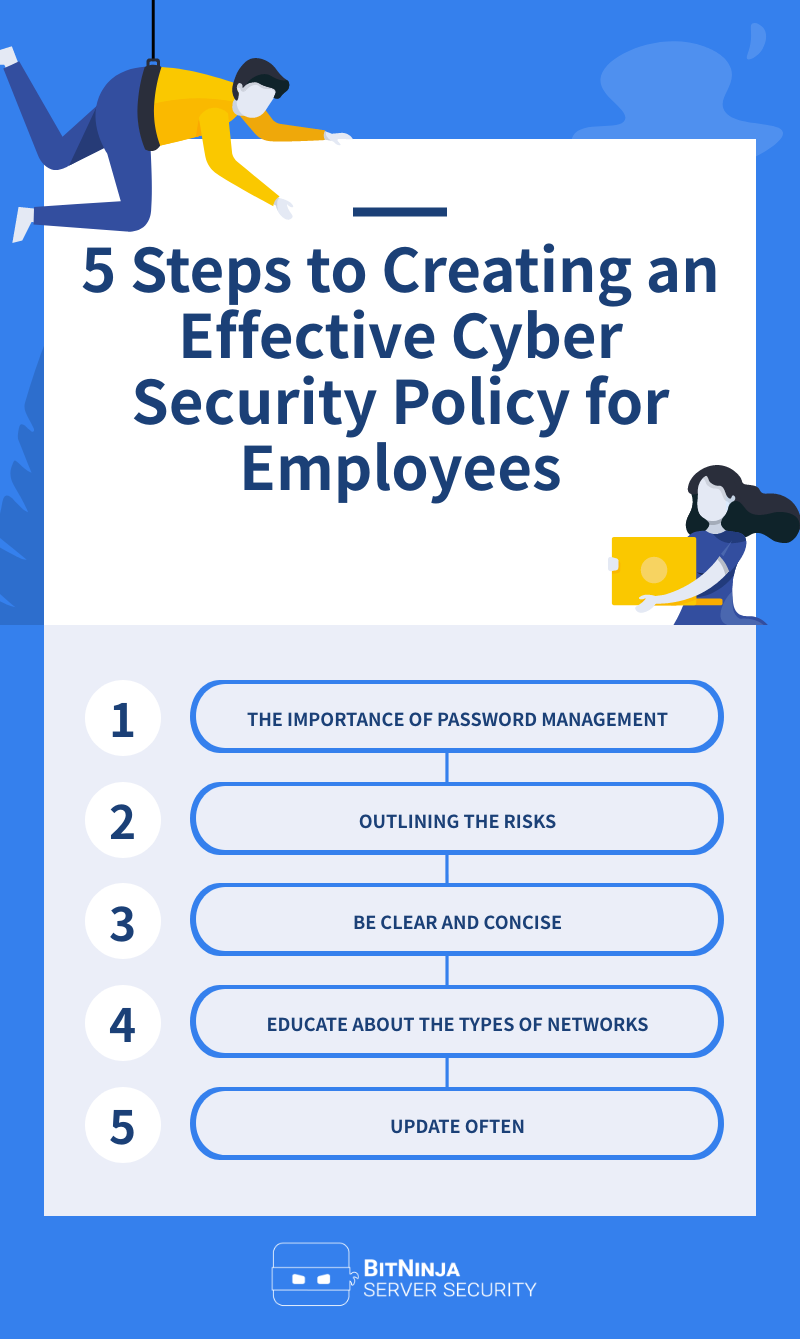Technology is always evolving, and there are continuous new developments that change the spectrum of what is possible and what companies can do with technology. Because of this, cyberattacks, and therefore cybersecurity, are constantly adapting and reviewing their methods to stay on top of things. This is difficult for cybersecurity teams because technology moves so fast that staying ahead of the curve is harder than it seems. Without even noticing them, vulnerabilities can occur and often the most corrective measures in cybersecurity are taken after a massive breach or failure.
That’s why it is important to evaluate the server security company before you choose any of them. What is the main focus of the company? Being reactive, so it solves the problem after occurred? Or is it proactive so it tries to avoid the possible hacking attempts? At BitNinja, we believe in the second concept besides providing an all-in-one security tool, which covers the whole attack cycle.
However, having the most powerful security software is not always enough, as people are still the weakest points. That’s why there are many social engineering techniques nowadays.
The good news is that companies are now realizing the value of cybersecurity policies and improving their technology around security measures. More and more businesses
are developing complete and robust cybersecurity policies for employees. Here are five steps that companies should keep in mind when developing their cybersecurity policies for employees.

1. The Importance of Password Management
Companies should start with the basics when it comes to educating their employees about the complexities of cybersecurity. People get overwhelmed then they think about cybersecurity and usually imagine legions of hackers waiting to pounce on every error or detail entered into the online and offline realm. However, cybersecurity is actually quite simple and usually starts with simple measures that all employees can understand, like using different passwords for different accounts.

Password management means that cybersecurity policies should give their employees advice about the complexity of the password
, techniques for sharing passwords if applicable, and how frequently passwords should be changed. This is a good place to start because it’s easy to understand for all employees but it’s also extremely important.
Also, if the platform offers two-factor authentication, please make sure that your colleagues have enabled it. It gives an extra layer of security.
2. Outlining the Risks
Even though companies are starting to understand the importance of cybersecurity, it doesn’t mean that all of the employees are aware of the risks. They simply don’t understand what is at stake and how it can affect them. Jackie Henderson, a security manager at State of Writing and Assignment Writing Service, explains that “employee policies can actually benefit from generating a bit of fear in their employees by explaining what can happen when security policies aren’t followed. The dangers of having unsecure set-ups and security violations can actually motivate employees to get on board and adopt security policies.”
Similarly, creating awareness for common security breaches like phishing will benefit the company in the long run. Phishing schemes catch many employees unaware all the time, so teach your employees what phishing operations are and the dangers of opening attachments. Even messages that seem legitimate from sources you think you know can be complex, sophisticated phishing scams. Your policy should include a checklist so that employees have all the information they need about the risks and what to look out for at the tips of their fingertips.
3. Be Clear and Concise
If the policy is too long, wordy, and full of jargon, employees won’t understand it and they’ll give up trying to read it. If any concept is incorrectly explained or unclear, employees will adopt the policy differently and may get upset or frustrated. Write the document as clearly and concisely as possible, and have some people who are new to the field test-read it so you can know if it makes sense to everyone.
Even if the concepts of technology and cybersecurity are vague to most employees, there should be no ambiguity or confusion about what is expected of employees when they read the policy. Get feedback about the policy at every stage of the draft, from people in different positions and with different levels of knowledge about cyber awareness.
4. Educate Them About the Types of Networks
People don’t usually question the decision to log into their personal accounts, email, or banking while on public, unsecured networks like at the coffee shop. A security policy should explain the basics about different types of networks and how each has a different security connection for its users. This will go a long way in explaining to employees how cybersecurity works.

This will avoid potentially critical security breaches like an HR employee logging on to the HR portal on a coffee break on a public WiFi, putting all personnel records at risk. Failure of understanding networks and network security is a major cause of cyberattacks and can be easily addressed in a security policy.
5. Update Often
People don’t like sitting around waiting for updates, because they can take time and it’s impossible to keep working while the update is running and system restarting. Furthermore, most people don’t understand the importance because they don’t see a visible difference to the software or application after the update. This is because most updates are to back-end information that isn’t on the user interface. Out-of-date versions of web hosts are key reasons that hackers get into websites.
If you search for articles related to this topic, I’m sure that very soon, you’ll find one, which talks about getting hacked because of outdated WordPress versions. As WordPress is the most popular CMS nowadays, it’s not a question, that it is the main target of the hackers. Thus, protecting WordPress sites can be quite challenging.
Companies should look into getting proactive solutions so they don’t need to worry about manually updating all their software regularly.
BitNinja provides excellent all-in-one security for web hosting companies and will proactively patch software vulnerabilities.
Just like BitNinja changed Mijn Websitehosting’s life for the better
. Their major problem was the increasing number of hacked websites due to outdated WordPress sites. But thanks to BitNinja, now they and their customers can sleep well without worrying about the hacking attempts.
Unfortunately, if a company doesn’t have an ultimate cybersecurity tool to avoid these risks when employees continue to use programs that aren’t updated once an update has been released, major cybersecurity risk is created. Security policies must explain to employees how critical it is to update everything as often as possible.
 Fiona Thistle, a team leader at Paper Fellows and Boom Essays, shares that “as soon as a patch is created to fix a new security vulnerability, employees should be instructed to update their software or applications immediately. If not, your data and customer information could be compromised in a breach. IT departments in companies should be on top of these updates and communicating them to all employees on a regular basis.”
Fiona Thistle, a team leader at Paper Fellows and Boom Essays, shares that “as soon as a patch is created to fix a new security vulnerability, employees should be instructed to update their software or applications immediately. If not, your data and customer information could be compromised in a breach. IT departments in companies should be on top of these updates and communicating them to all employees on a regular basis.”
Summary
Cybersecurity can seem like a daunting prospect that everyone is forced to learn in today’s world. By following these 5 tips, companies should be able to develop employee security policies so that employees can help protect themselves and the company. By being upfront about what the company and the IT team expect from each employee is a great first step to protecting the valuable company and client data.
This article is written by Aimee Laurence, a manager at Write My Essays and Essay Services, who shares her insights on cybersecurity and technology developments. She is always at the forefront of new research on cybersecurity methods and she enjoys sharing what she’s learned with her audience. She edits on a freelance basis at Essayroo in her spare time.



 Fiona Thistle, a team leader at
Fiona Thistle, a team leader at